Quiz Yourself
Plastic Pollution Quiz
Plastic Pollution Quiz
How much do you know about the threats that our planet faces from plastic pollution?
There is a small wait at the end while we tally your results. Please stay on the page.
What happens to plastic waste when left in the environment?
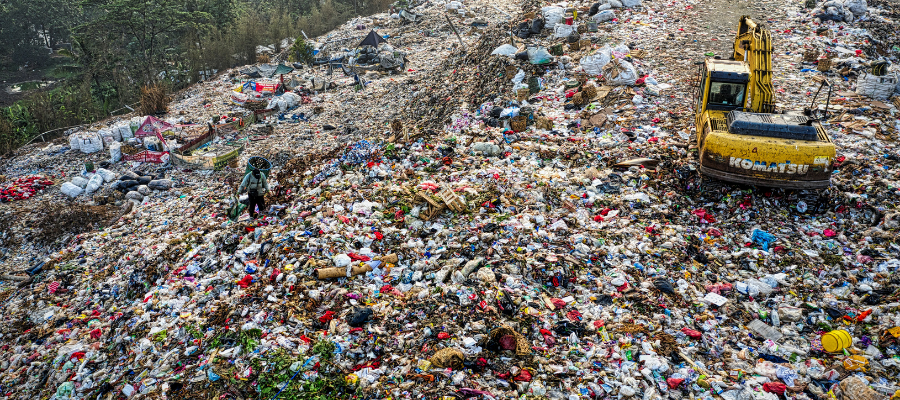
The correct answer is it breaks into little pieces. Plastics at SEA (Sea Education Association): North Pacific Expedition 2012, a 36-day nautical research journey through the the North Pacific subtropical gyre down to the Hawaiian islands, found this to be true. The team was studying plastic pollution in the ocean and found that out of the 66,077 pieces of plastic collected in samples, 95% of it was millimeters in size. For more on their incredible journey, check out the crew’s journal log.
Why is plastic dangerous for marine life?
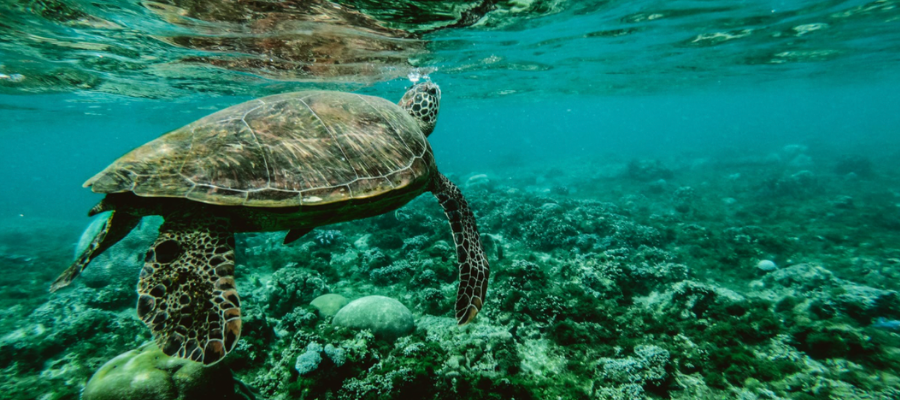
Plastic tends to float and bobbing on the surface can lead them to be mistaken for other marine life. Plastic bags are often mistaken for jellyfish by leatherback turtles and consumed. Marine life can also get tangled in nets, cords, and other plastic debris, which hinders their ability to swim and in some cases, can be a severe choking hazard. Plastic debris can carry pathogens and trigger an infection.
How many million tons of plastic are dumped in our oceans every year?
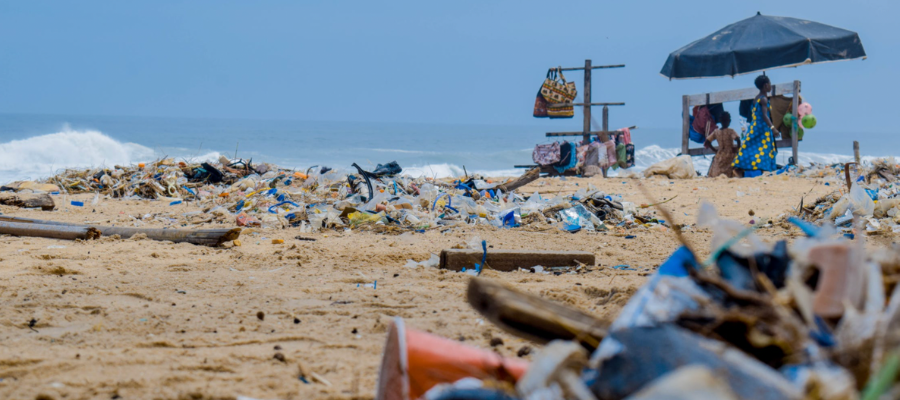
According to the UNEP, at least 11 million tons of plastic is dumped into our oceans each year. That’s the equivalent of dumping one garbage truck full of plastic into the ocean every minute. If nothing is done, this will increase to two garbage trucks a minute by 2030 and four per minute by 2050!
True or False: There are many alternatives to single use plastic products.

There are some substitutes for fossil fuel-based plastics that we can use. From plastic to plastic from processed corn, various plastic replacements already exist or are being invented.
How many marine species are harmed by plastic pollution?
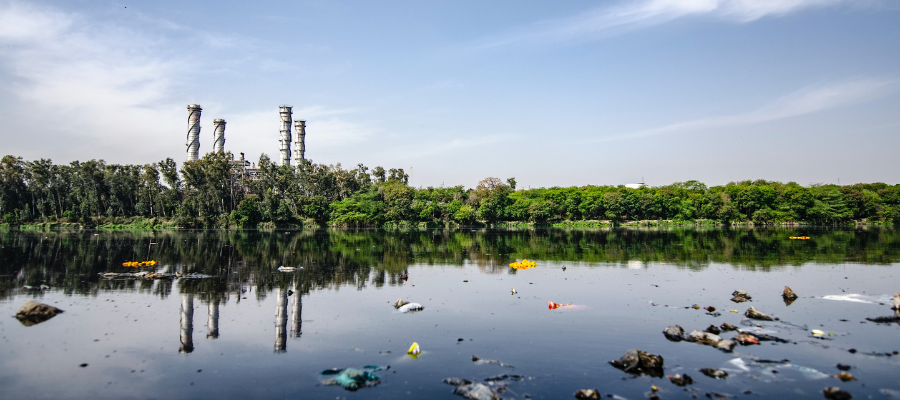
Compiled reports recorded from around the world found evidence of more than 800 species becoming entangled or swallowing plastic debris. According to the UN it has increased from 663 to 817 since 2012
What percent of its plastic does the U.S. recycle?
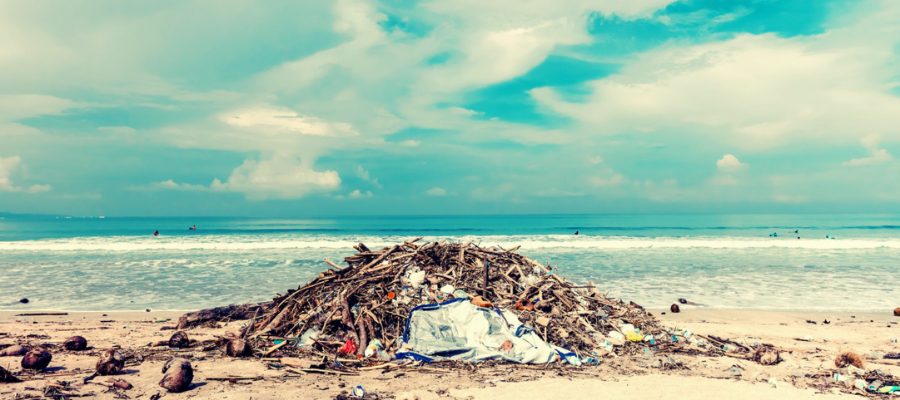
Only about <a href="https://phys.org/news/2022-05-plastic-recycled.html "5 percent of 51 million tons of U.S. plastic waste was recycled in 2021.
Approximately, Americans use about how many plastic drinking straws per day?
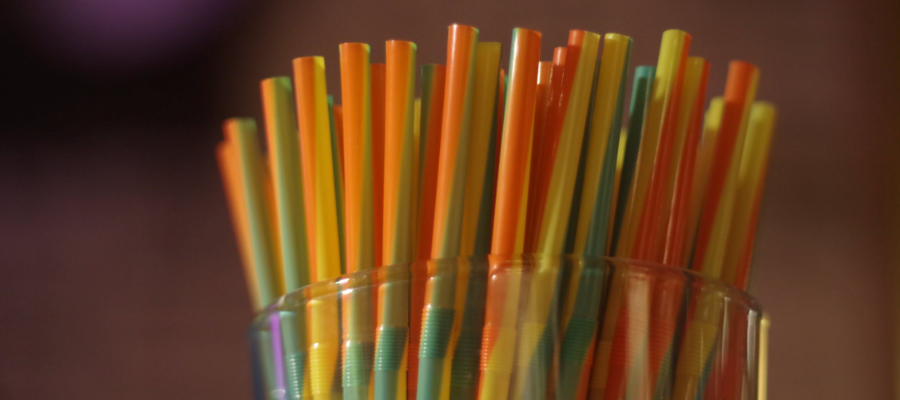
On average, Americans use 1.6 plastic drinking straws every day, totaling to 500 million per day. That’s enough to fill up 125 school buses a day, or 45,625 school buses a year! Drinking straws may not seem like a lot of plastic but they add up quickly. Instead of getting plastic straws at restaurants or cafes, you can bring your own reusable straw or simply go straw free.
What percentage of U.S. crude oil consumption does plastic production account for?
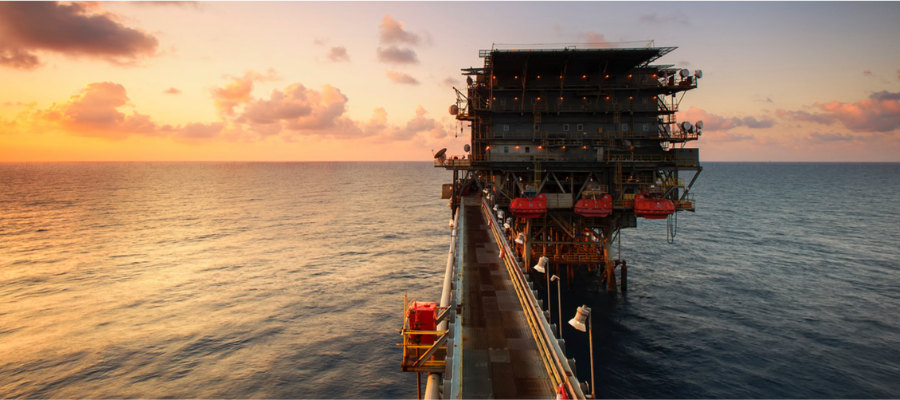
About 5% of total used petroleum in the U.S. goes toward plastic production. This may not seem like a lot but for the world’s largest consumer of petroleum, that’s equivalent to 330 million barrels of oil a year and therefore contributes to climate change as well!
On average, how long is a plastic bag used by a person before being thrown away?
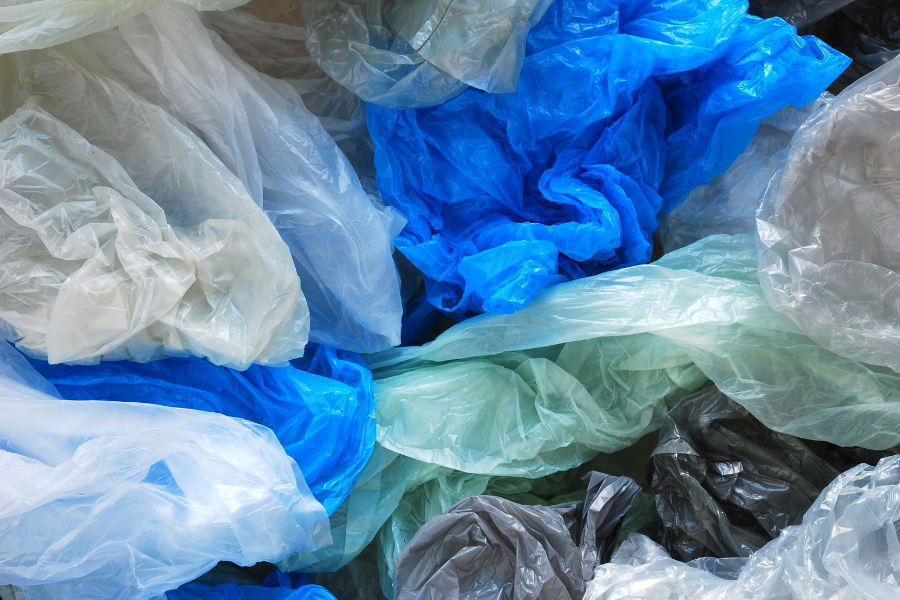
According to the 5 Gyres Institute, 12 minutes is the average “working life” of a plastic bag before it is thrown away. Globally, one million plastic bags are used per minute and only 1% of them are recycled. Most of them make their way to the ocean where they can take up to 20 years to decompose.
By what year do scientists predict plastic will outweigh fish in the ocean, pound for pound?
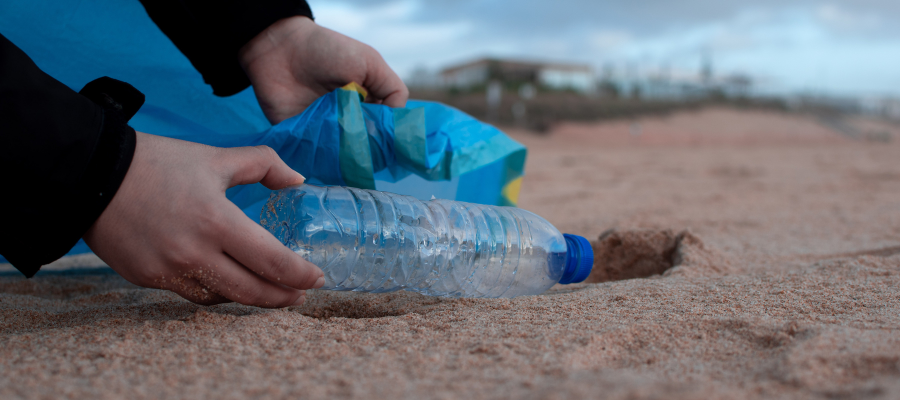
A report done by the Ellen MacArthur Foundation found that there are over 150 million tons of plastic in the oceans today. That is about 1 ton of plastic for every 3 tons of fish. Keeping up a business-as-usual trend will have plastic outweighing fish in the ocean by 2050.
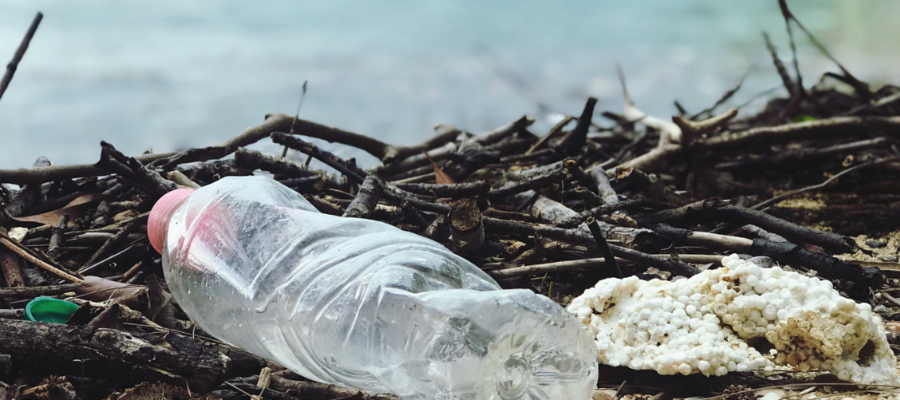
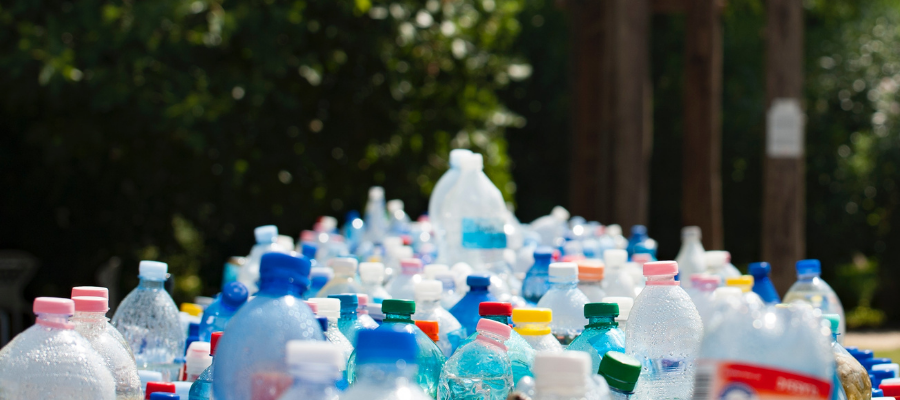
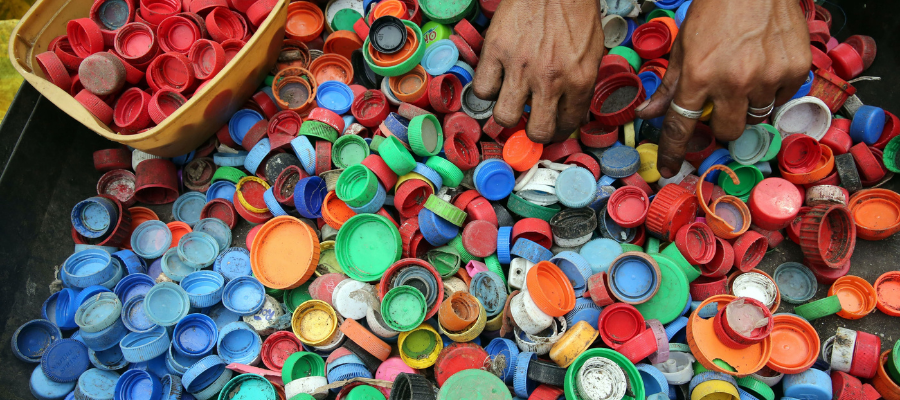
Share your Results:
